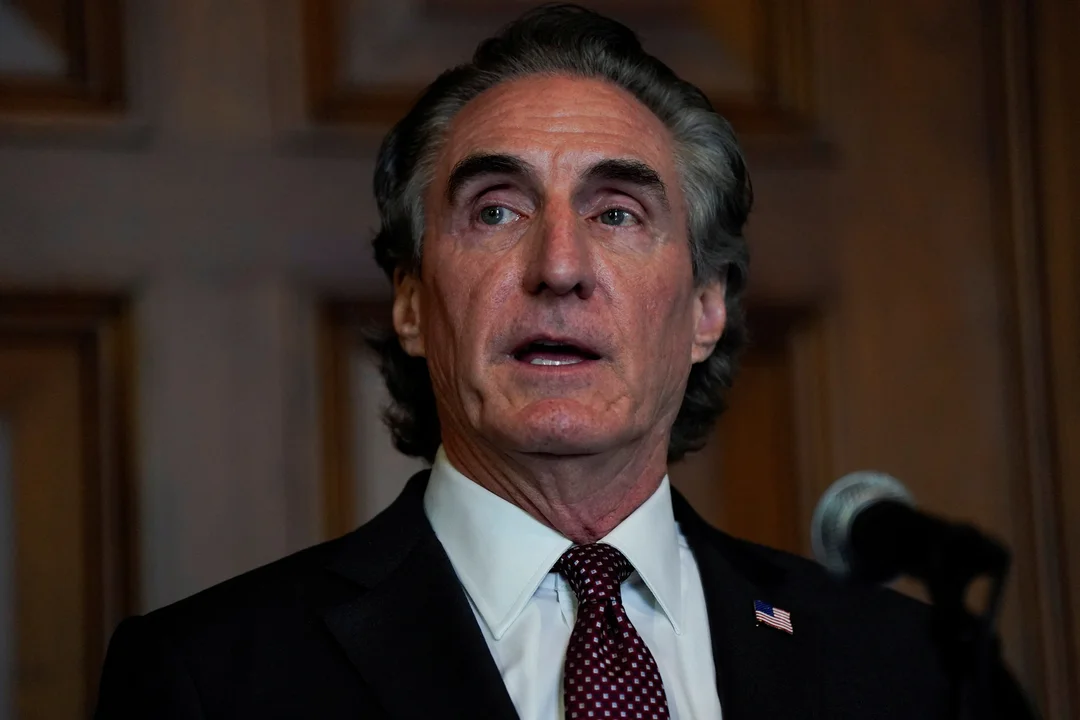
What Does Trump’s Latest Move on Offshore Wind Mean for New York’s Energy Future?
In a surprising escalation of regulatory authority, the Trump administration has ordered an immediate halt to the Empire Wind project off the coast of New York, raising concerns about the future of renewable energy initiatives in the state. Interior Secretary Doug Burgum announced this decision on social media, citing a need to review the approvals granted by the previous administration, which he claims may have been rushed without sufficient analysis.
Empire Wind, developed by the Norwegian company Equinor, was set to be a cornerstone of New York's energy strategy, slated to generate 810 megawatts of power—enough to supply approximately 500,000 homes. The construction of the project was already well underway, with a significant number of jobs created at the South Brooklyn Marine Terminal. This abrupt halt is not just a setback for one project, but it reverberates throughout the entire offshore wind industry, which is now grappling with uncertainty regarding future investment and regulatory approval.

The decision has been met with swift backlash from energy groups and political leaders in New York. Jason Grumet, president of the American Clean Power Association, condemned the move, labeling it a "chilling signal to all energy investment." Furthermore, Governor Kathy Hochul promised to fight against this federal overreach, emphasizing that halting a fully permitted project jeopardizes jobs and energy accessibility in the burgeoning state.
Environmental advocates view this directive as a detrimental blow to New York's ambitious goals of generating 70% of its energy from renewable sources by 2030 and developing 9,000 megawatts of offshore wind energy by 2035. The timing of this announcement is particularly troubling, given the rising electricity demand driven by the increasing use of data centers, electric vehicles, and artificial intelligence.
The ramifications of halting Empire Wind extend beyond immediate job losses and project delays. With current climate policies under scrutiny, New York risks falling short of its renewable energy commitments, potentially missing critical benchmarks to combat climate change. The sentiment among many is clear: as Governor Hochul signifies, the state cannot afford to miss out on such vital infrastructure. She stated, "At a time when energy demand and utility bills are rising across New York, we need to build more energy, not less."
While the debate over energy production continues, one thing is certain: the landscape of renewable energy in New York is facing unprecedented scrutiny and potentially dire consequences. As the administration's review unfolds, stakeholders within the energy sector, local governments, and communities must grapple with the implications of this regulatory pause and advocate for their future energy needs.
This ongoing saga invites reflection on the balance between environmental policies and energy production priorities. Will New York rise to meet its ambitious climate goals, or will federal oversight stifle progress in renewable energy? We welcome your thoughts on this pressing issue. What impact do you believe this halt will have on New York's energy landscape?